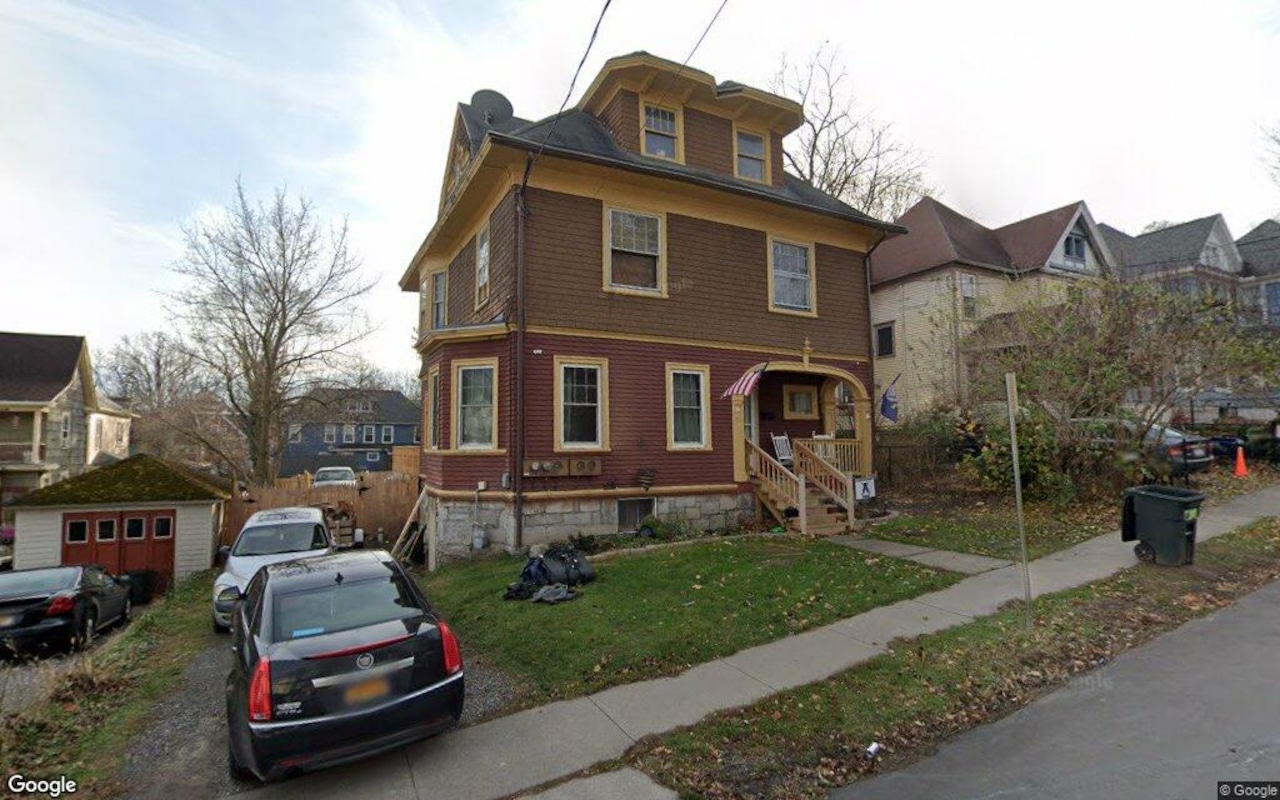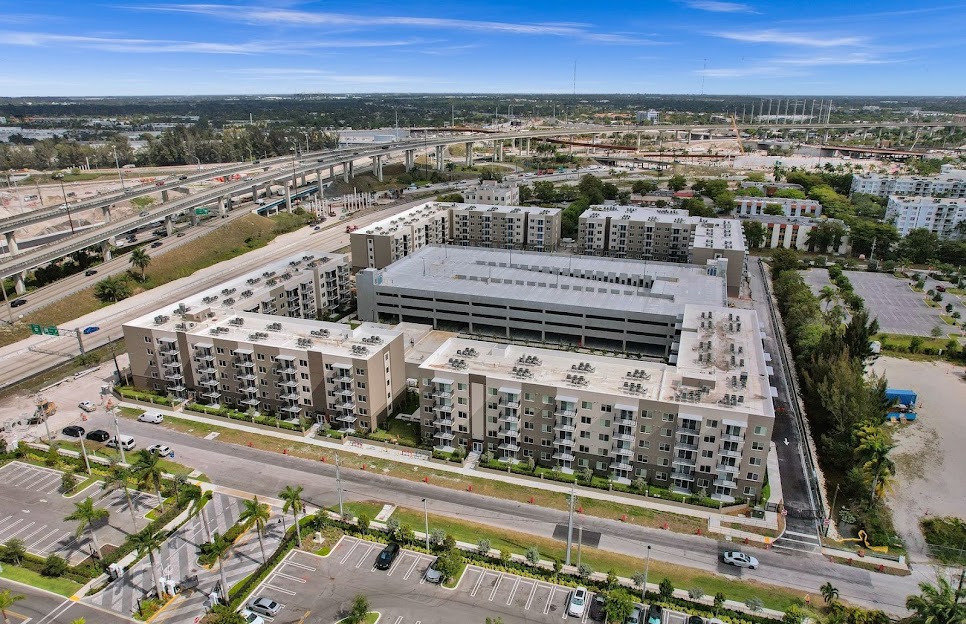T
he housing market is a complex beast, and timing its fluctuations can be a futile endeavor. Yet, for those who must move - whether due to a new job, family expansion, or lifestyle upgrade - the right moment to take the plunge is when it feels right for them. As Joel Berner, senior economist at Realtor.com, astutely notes, "The right time to move is the right time to move for you."
For Nhu Vien Nguyen and her fiancé Brian Timko, that moment arrived in early February when they secured a two-bedroom condominium in Cambridge, Massachusetts. The commute was just 15 minutes from Timko's job, and despite paying $845,000 for the unit, their monthly expenses - including a condo association fee of $693 - were actually lower than their previous rent of $3,900.
The limited inventory in that building, coupled with the couple's desire to own rather than rent, made the decision to buy an informed one. As Nguyen explains, "We weren't so concerned about interest rates because we can always refinance." Their experience highlights the importance of evaluating individual circumstances and making a decision based on personal needs.
Supply and demand are the primary drivers of the housing market, with inventory levels playing a significant role in determining prices. When supply is low, prices tend to rise; conversely, when there's an oversupply, buyers have more options, and sales prices often drop. Other factors influencing the outlook include the job market, consumer sentiment, fiscal policy, interest rates, and inflation.
Despite these challenges, some positive signs are emerging. A recent Realtor.com report showed a 37.5% month-over-month increase in newly listed homes, indicating a shift towards a more balanced market. Morgan Franklin, a real estate agent with Coldwell Banker Realty in Boston, notes that buyers are finally pulling the trigger after months of hesitation.
Realtor.com forecasts that inventory levels will grow for both existing and new homes in 2025, potentially creating a more balanced market. However, all real estate is local, so regional differences will persist. Limited inventory may keep prices high in certain areas, while an oversupply could lead to lower sales prices.
Mortgage rates are another crucial factor driving demand. While some experts predict rates may never return to the low levels of 2020 and 2021, others foresee a bumpy road ahead due to uncertainty in debt markets. Ken Johnson, a housing economist at the University of Mississippi School of Business Administration, advises buyers to lock in a rate they're happy with now.
For those considering buying, saving up for a down payment is key to keeping monthly expenses manageable. Many existing homeowners have substantial equity that can be applied to their next home's down payment. According to Intercontinental Exchange (ICE), the average homeowner with a mortgage had $319,000 of equity at the end of 2024.
Buyers should also consider factors like climate risks associated with a property and evaluate whether it's worth taking on additional expenses for homeowners insurance. Those interested in new homes may find builders offering incentives like mortgage-rate buydowns or free options/upgrades.
Ultimately, the decision to buy or sell a home depends on individual circumstances. As Maria O'Dell, a real estate agent with Real Broker in Overland Park, Kansas, advises, "Do some investigative work" and consider whether it makes more financial sense to stay put rather than move.














